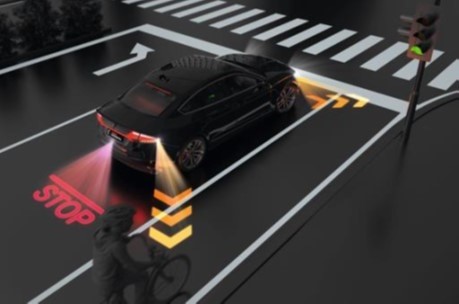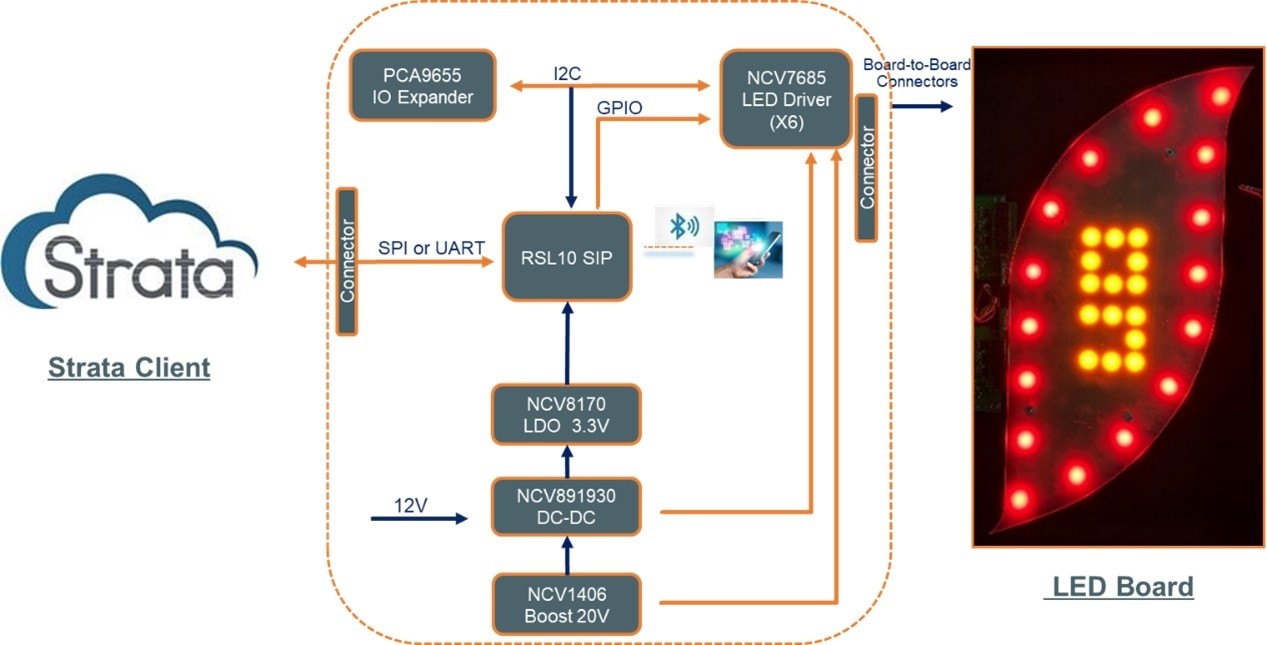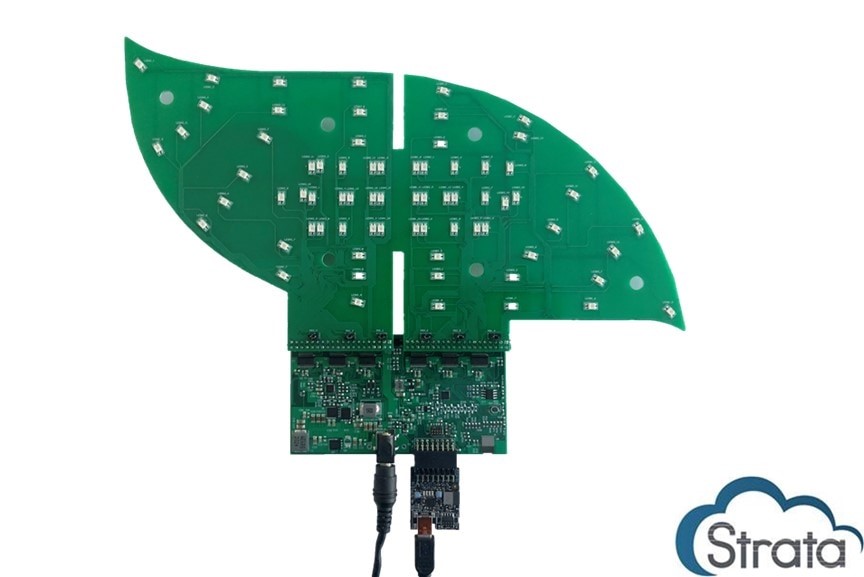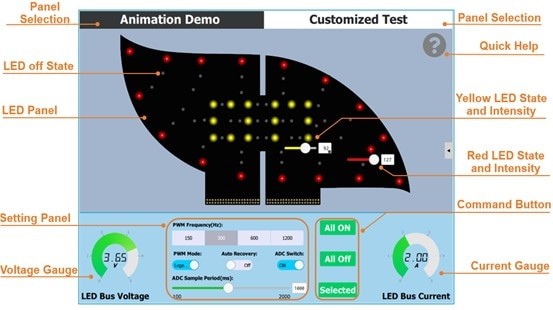The automotive lighting industry is evolving; LEDs (Light Emitting Diodes) are more popular than traditional bulbs (Halogen and Xenon/HID) in high-end vehicles because of their advantages in power consumption, lifetime, light intensity and size. The compact size of LEDs or LED strings brings flexibility and imagination to automotive lighting designs such as matrix headlights and dynamic taillights.

A smart matrix headlight usually contains more than 30 LEDs, which are controlled by an intelligent control system, which can adaptively change the work of LEDs according to road conditions. Sequential turn signals are the original dynamic taillight type, first used in Ford Thunderbirds in 1965, and are now widely used in automotive premarket and aftermarket maintenance due to the cost and control advantages offered by the LED solution. In a future V2X (vehicle-to-everything) world, we can expect driverless vehicles to continuously communicate with the outside world through sensors or lights, thereby improving road safety and driving smoothness. By then, there will be more sophisticated LED pixels, with hundreds of controlled LEDs delivering information.

Dynamic taillight systems require more sophisticated LED control and fast signal communication. The NCV7685 is the best choice for implementing multiple LED drive conditions. It is a 12-channel 60 mA LED linear current driver, controllable via I2C, supports 128 different adjustable duty cycle levels, and uses pulse-width modulation (PWM) independently for each programmable output channel via the I2C serial interface adjust.
The STR-NCV7685-REAR-GEVK is a Strata-enabled evaluation board for automotive taillight applications that enables long-range communication via Bluetooth Low Energy (BLE) using the NCV7685 linear LED current driver and the industry’s lowest power Bluetooth® 5 system single Chip (SoC) RSL10 SiP with 6 NCV7685 chips installed to drive a total of 72 LED nodes for predefined animations with configurable parameters and custom modes – all settings and circuit monitoring accessible through Strata.

Typically, in multi-LED driver applications, fixed addressing is preferred for complex animations and multi-LED control. But more care needs to be taken to ensure the matching of chips and addresses for mass production or after-sales maintenance. In the firmware of the STR-NCV7685-REAR-GEVK, floating addressing is used. Each NCV7685 is temporarily assigned an address each time it is powered up, but is not locked in a one-time password (OTP) register – if resources are limited, the MCU’s GPIO or IO expander (STR-NCV7685-REAR- RSL10 and PAC9655E in GEVK). In Strata Developer StudioTM, firmware code and all documentation, including user manuals and manufacturing files, can be accessed to significantly speed up design work.

To get started, download and install Strata Developer Studio. Then plug the mini-USB cable that came with the kit from the board into the PC running Strata. Once connected, the board is automatically detected, and clicking the Open Platform Controls button provides immediate access to the control user interface (UI). Navigation tabs in the control UI are at a glance, providing a comprehensive evaluation experience.

